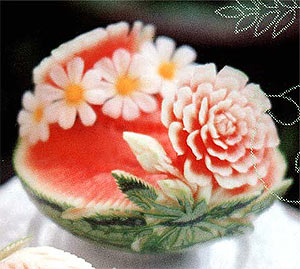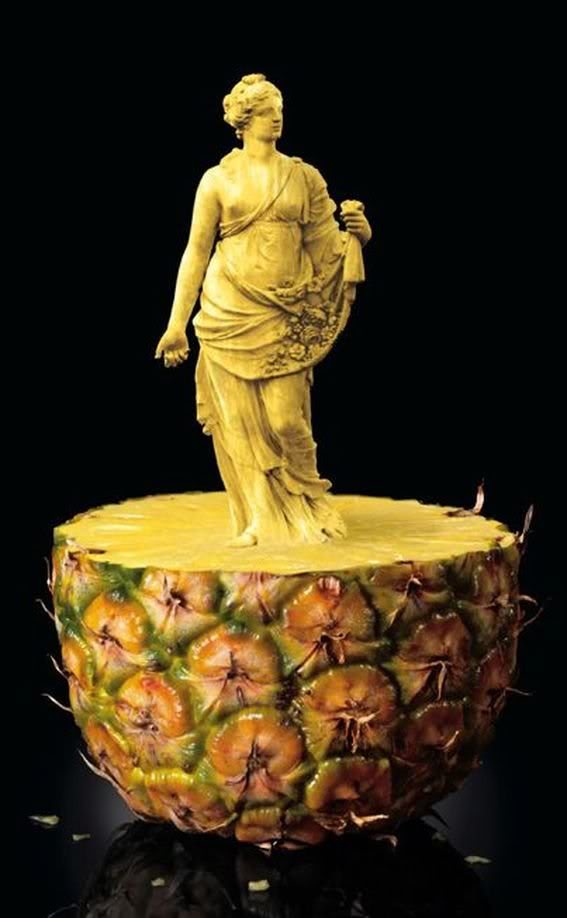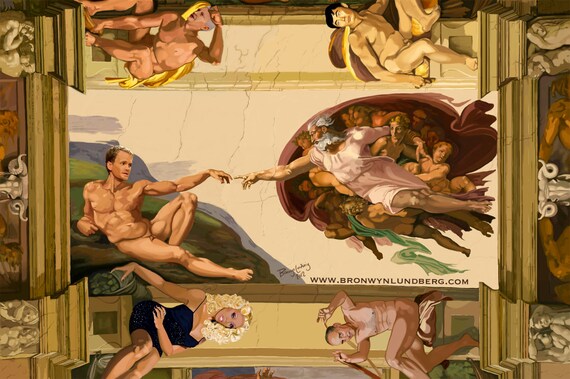I love cooking. And baking. And food.
You may scoff and say “Who doesn’t?” but you don’t understand. I LOVE, LOVE, LOVE food. My father always says that other people eat to live but I live to eat.
The roughest part of living in dorms was always the food aspect. I missed cooking like I would miss a limb and I missed having delicious food. In high school, as soon as I came home from class, I spent a good three hours designing a four- Â to five-course meal and then making it and then the glorious part:Â eating it.
While I have adapted to eating godawful shit dining hall food, I still miss food. Real food. That I made with my own hands. While listening to Edith Piaf. It’s especially rough after breaks, where I go home for the few days off class and cook again. I went home MLK weekend and haven’t fully adjusted back to dorm life. And the pictures and taste of the chocolate raspberry tart I made still haunt and taunt me.
Thus, in my despair and separation from sweet treats and savory wonders, I have turned to porn. Food porn, that is. And found a whole new world of art.
Food art is especially emphasized in Japanese culture, where it is commonly believed that people eat with their eyes first. Thus, food has an extremely visual aspect and a chef must not only train to prepare delicious food but also learn how to present it in an extremely aesthetically pleasing way. Beautiful geometry, symmetry, and variation in color are especially utilized.

And everyone who wastes their days away on Reddit and Tumblr knows bento art aka lunch box art. Bento boxes, Japanese lunch boxes, are known for having different compartments and are the inspiration for some crazy art.



Artistic fruit bowls are also becoming an extremely popular way to add pop to a party due to their relative affordability and DIY potential.

For the hardcore:

How I want to learn how to do that one day… Instead of having an ice sculpture at my dream classy cocktail party, I’ll just carve a bunch of fruits and display that.

Edible Arrangements have nothing on this.

Yes, the following is a real thing, not Photoshopped.

Microsculpting is also a thing.

Hungry yet?
Fruits, vegetables, nuts and other gifts of Mother Nature are already ridiculously beautiful but this is just a whole another level.
Sorry for the lazy post. I just wanted an excuse to search for more food.

 Simple ones are drawn everyday to decorate the house. My grandmother would ensure that by the time the sun was finished rising, there was a rangoli drawn outside. And as the sun set, the entire house, including the exterior, would be swept and a fresh one was drawn. She considered a house not decorated with a rangoli to be inappropriate and cold, inhospitable. When I came to the carpeted world that is America, the lack of the colors outside houses welcoming me only added to the infinite grayness of the frigid buildings.
Simple ones are drawn everyday to decorate the house. My grandmother would ensure that by the time the sun was finished rising, there was a rangoli drawn outside. And as the sun set, the entire house, including the exterior, would be swept and a fresh one was drawn. She considered a house not decorated with a rangoli to be inappropriate and cold, inhospitable. When I came to the carpeted world that is America, the lack of the colors outside houses welcoming me only added to the infinite grayness of the frigid buildings.







 Yes, ladies and gentlemen. This is an actual ad. There is a raw beauty to it; somehow, Tom Ford managed to make a woman with a bottle of perfume covering her vagina classy, not vulgar. Yet, it objectifies women and portrays the stereotypical thin, white woman we see all too often in the media. So, what is it about that image that I (and other people) find beautiful? Is it the angle? Is the audacity that went into the conception and creation of this ad? Je ne sais pas.
Yes, ladies and gentlemen. This is an actual ad. There is a raw beauty to it; somehow, Tom Ford managed to make a woman with a bottle of perfume covering her vagina classy, not vulgar. Yet, it objectifies women and portrays the stereotypical thin, white woman we see all too often in the media. So, what is it about that image that I (and other people) find beautiful? Is it the angle? Is the audacity that went into the conception and creation of this ad? Je ne sais pas.
 The art used in advertising… I’m not sure if I’m impressed or repulsed. It’s beautiful. But what purpose does it serve?
The art used in advertising… I’m not sure if I’m impressed or repulsed. It’s beautiful. But what purpose does it serve?

